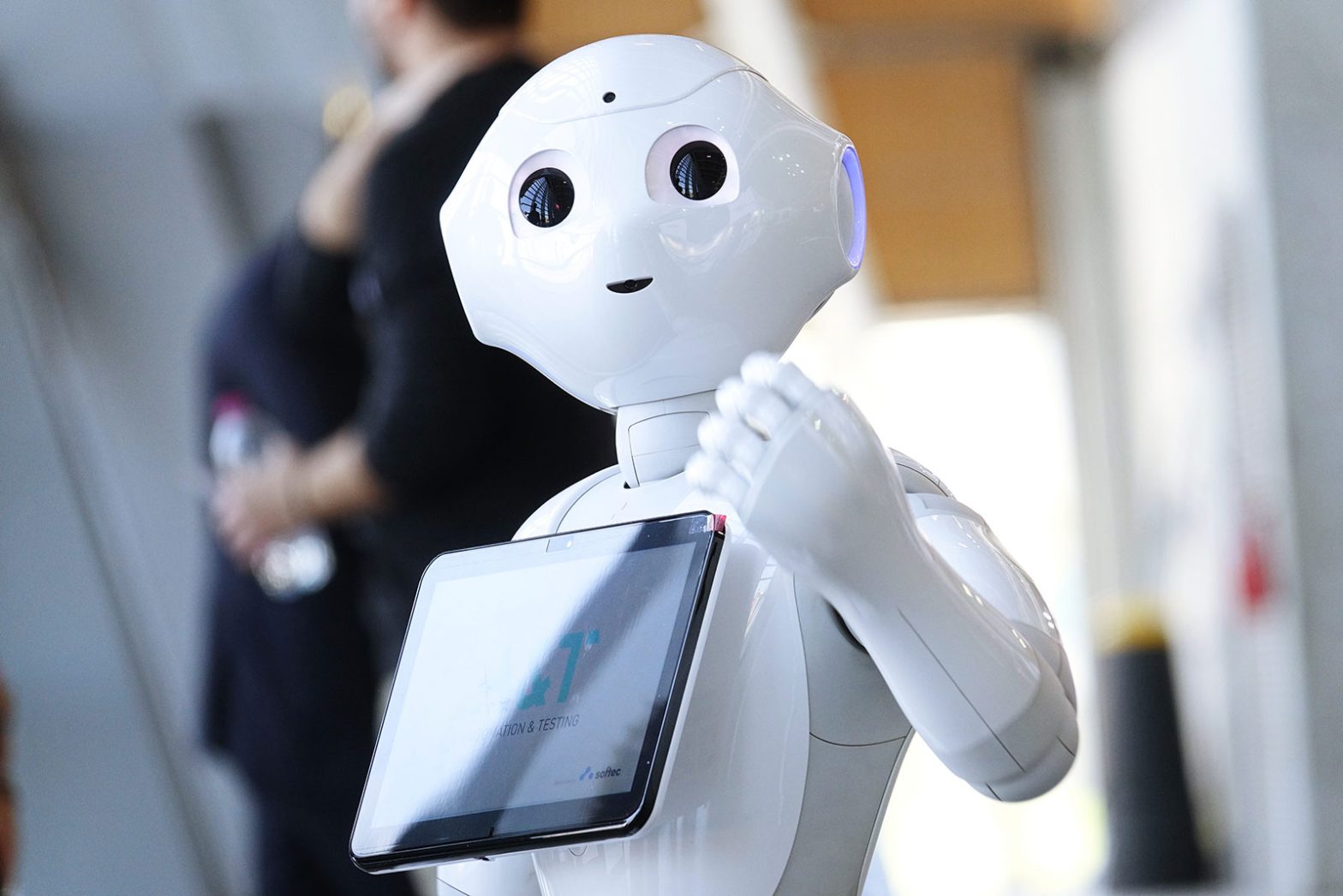Information technology (IT) is critical to the evolution of architectural engineering. “[Modern architecture] uses technology—both in the process of designing and in its products—to achieve certain functional, cultural, social, economic, and other goals,” says Yehuda E. Kalay from the Department of Architecture, University of California, Berkeley.
Category: Information Technology
Information Technology
The Top 2022 Cybersecurity Trends in Banking and Finance
As the cybersecurity landscape continues to evolve, banks and financial institutions become more
desirable and vulnerable targets for cybercriminals leveraging ever more sophisticated capabilities.
These bad actors are attracted to banks and financial institutions because of the large sums of money
they handle and the valuable personal and institutional data they store. As a result, cybersecurity must
become a top strategic priority for these organizations.
What to Expect from Industrial Applications of Humanoid Robotics
obotics engineers are designing and manufacturing more robots that resemble and behave like humans—with a growing number of real-world applications. For example, humanoid service robots (SRs) were critical to continued healthcare and other services during the COVID-19 pandemic, when safety and social distancing requirements made human services less viable,
Next-Generation Supply Chains: Best Practices for Future Resilience
In 2020 and 2021, the world learned a harsh lesson about our shared dependency and the inherent vulnerability of modern global supply chains. For decades, supply chains have evolved from mostly domestic and linear operations to become global, interdependent networks that prioritize cost efficiency. It is this relentless focus on efficiency that has made this ecosystem vulnerable; the internationalization of supply chains to take advantage of favorable economic conditions abroad made COVID-19 restrictions and climate-related events all the more disruptive.



